What is the tolerance range of precision screws?
What is the tolerance range of precision screws?
Service Hotline
+86760-8787 8587We have more than ten years of production experience in the screw industry. The main products are: GB845 bolts, flange slotted nuts, extended half-tooth bolts, triangular pan head screws, locking screws, album rivets, pressure plate nut posts, Pengzhangyu expansion national standard bolts Explosion screw, grade 8 positive national standard round nut, cap screw/cap nut, 201 stainless steel hexagon socket screw, blackened left tooth nut, full thread threaded rod, hexagonal thick nut, device V-bolt, open round head rivet etc. Firmware, due to different product materials and specifications, the price is also different, please contact us if necessary.


In order to achieve this purpose, the rivet nut is cold extruded from low carbon steel, the brim is cold forged, the deformed skirt is extruded in the die, and the threaded hole is extruded at the lower end of the deformed skirt. It is characterized in that it consists of a brim, a deformed skirt and a threaded hole. There are fish teeth below the brim; the outer side of the lower end of the threaded hole has a lead angle; the cross section of the thread on the inner wall of the threaded hole is an isosceles trapezoid, and the upper bottom of the trapezoid is a concave arc. Thus, the riveted object is tightly connected with the rivet nut.
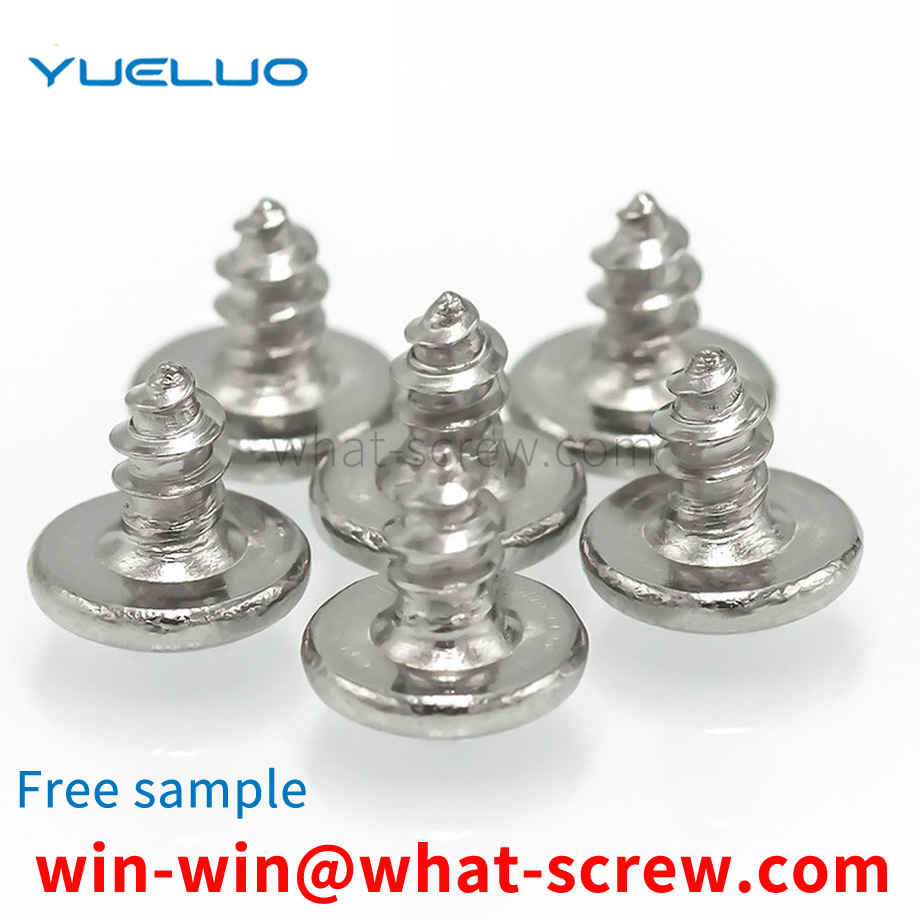
A kind of screw provided by Yueluo, the rod body of the screw rod has a thread segment, and the two ends of the thread segment are respectively provided with annular and two convex rings. The nominal size of the thread segment, and the distance from the convex ring at the rear end of the screw in the screwing direction to the rod core is greater than the nominal size of the thread segment.
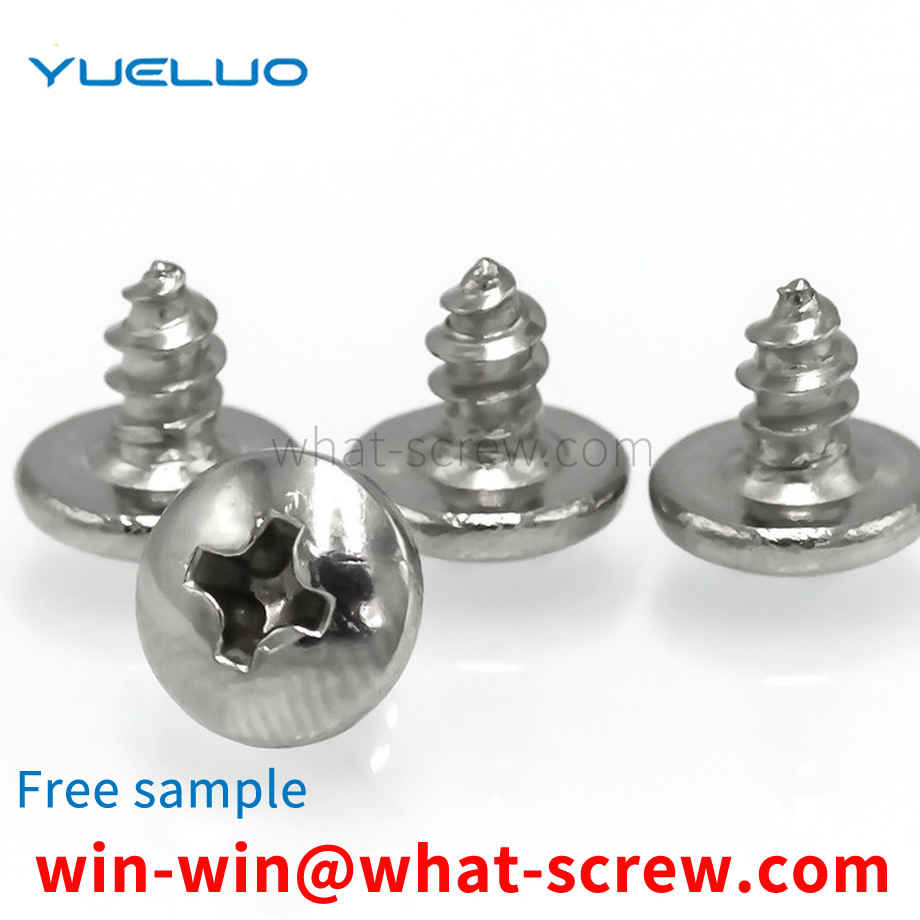
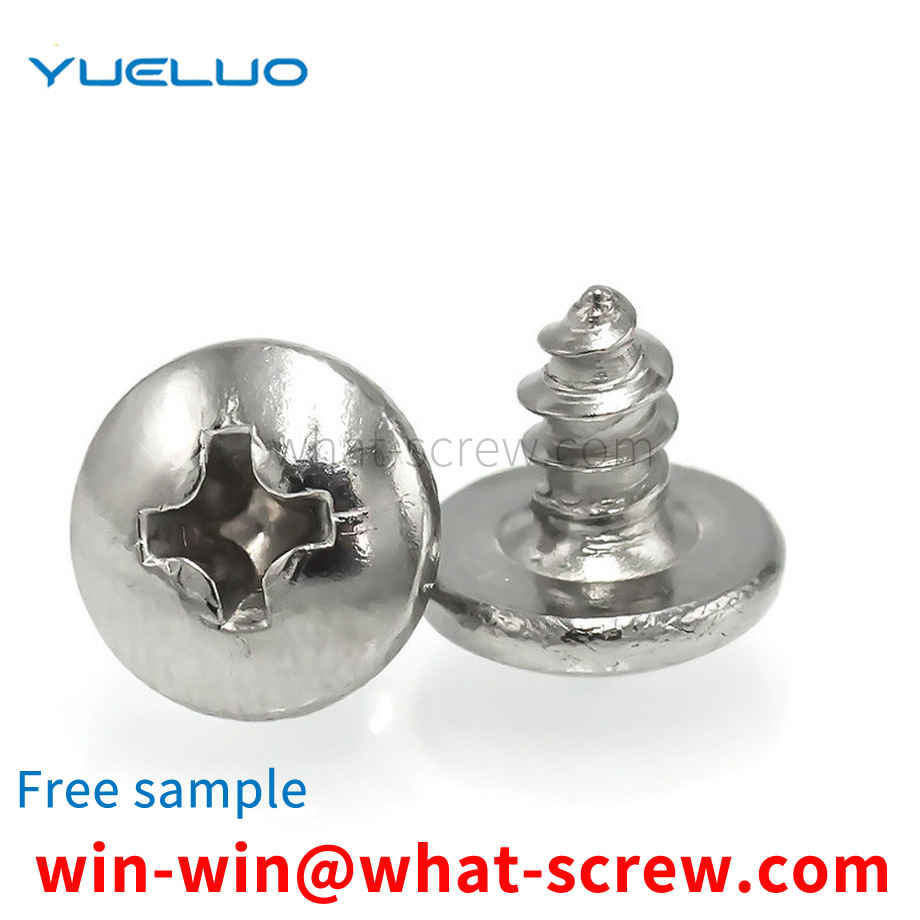
However, Yueluo still feels that there should be room for improvement for the screw improvement and screw that integrates stability, labor, fast and multi-function in the above two cases; for example, No. 556784 screw improvement Although the rod has the function of cutting and collecting chips, when the screw starts to screw into the object such as wood, it is hindered by the hardness of the object's tissue, so the staff still needs to exert considerable force, resulting in the lock. In the solid operation, there is still a lack of difficulty in screw-in operation; another example, new cases such as No. 289417 screw that integrates locking, stability, labor-saving, fast and multi-function, although the rod has the structural function of cutting and chip removal, it is The rod part is screwed into the middle section to the rear section of the object. Since the debris cannot be discharged, the rod part pushes the outer part of the object to the surrounding tissue of the object, so that the object expands outwards and even seriously damages the appearance of the object.
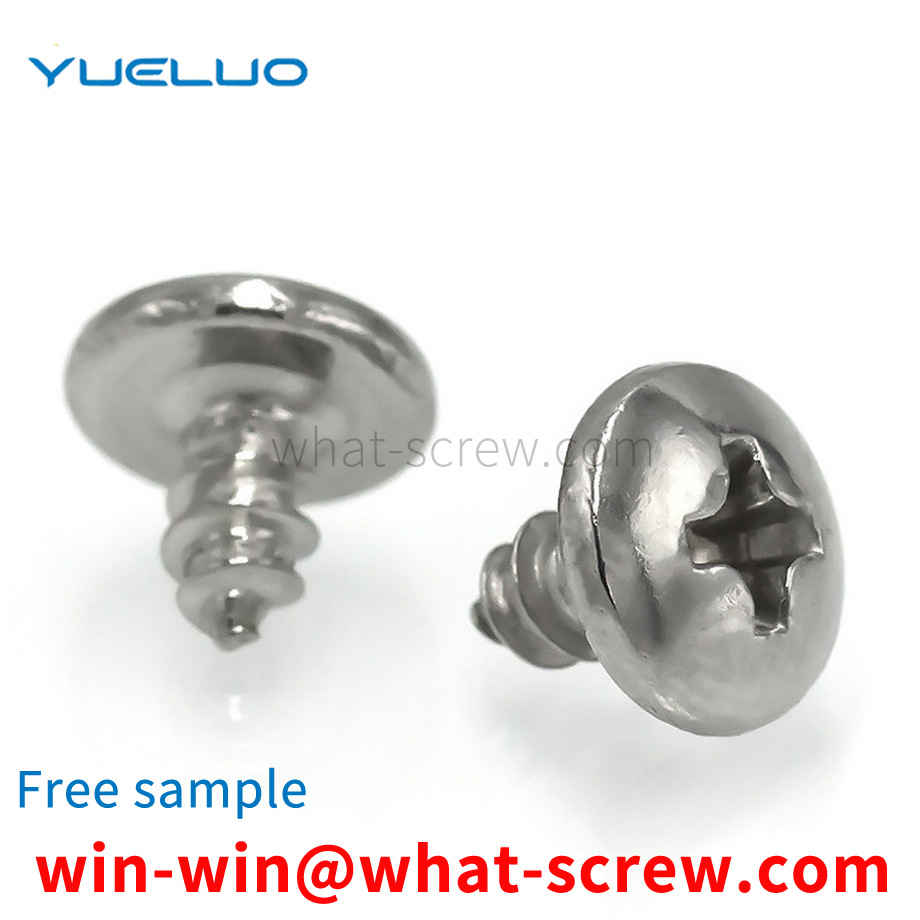
The main part of the pin screw is an ordinary screw, and the pin can be arranged in the melting section of the screw or the drop groove of the metering section or the smooth cylindrical surface without screw grooves at the end of the metering section. The pins are arranged in a certain arrangement, with varying degrees of density and quantity. Cylindrical pins are formed by fitting the pins into the holes of the threaded rod; square or diamond-shaped pins are formed by milling directly on the threaded rod. If these pins are set in the melting zone, the pins can break up the solid bed, destroy the two-phase flow, stir the solid and liquid phases together, increase the contact area between the undissolved solid phase fragments and the contained material, and promote molten. If the pin is set in the melt conveying area, its main function is to divide the material flow, increase the interface, change the direction of the material flow, and rearrange the flow beam. Divide and merge multiple times, change the flow direction, and homogenize the melt composition and temperature. The mixing section is an inwardly slotted structure arranged at the end of the common screw homogenizing section, and its outer diameter is equal to the outer diameter of the screw. The grooves are divided into several groups, and each group is the confluence area of the material. The materials are divided by grooves, meet in the confluence area, and then divide and confluence. The principle is similar to the pin type. The characteristic of the separate screw is that in addition to the original screw thread (called the main screw) on the melting section, there is also an additional thread (called an additional thread) whose outer diameter is slightly smaller than the outer diameter of the main thread, and the main and auxiliary threads are With different leads, the secondary thread starts from the end of the feeding section (and connects with the feeding section here), and after several threads, gradually intersects the main thread of the homogenizing section. The screw groove depth and thread lead of this kind of screw change gradually from the beginning of the feeding section to the end of the homogenization, that is, the thread lead gradually narrows from the width, and the groove depth gradually becomes shallower from the depth, which can maximize the compression of the material.
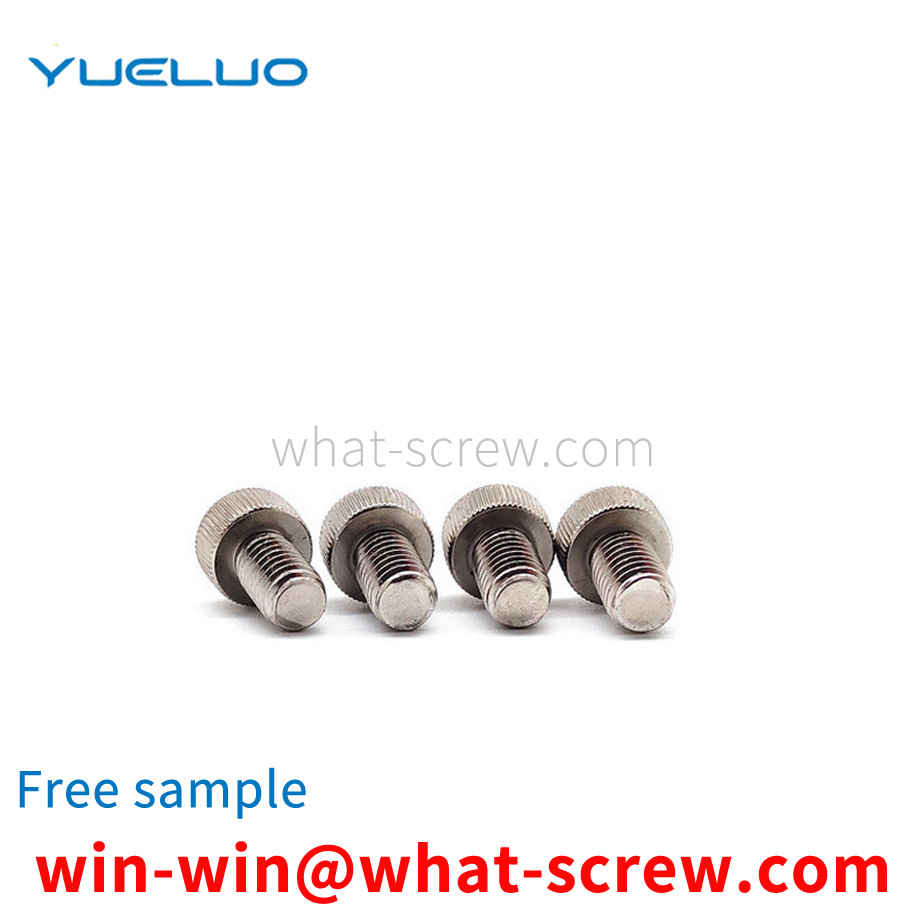
The above content is uploaded by Yueluo or the Internet. If there is any copyright issue, please contact [email protected].

What is the tolerance range of precision screws?

How to choose the right stainless steel screw manufacturer?

Why is there an R angle under the head of the hexagon head s...

We have more than ten years of production experience in the ...

We have more than ten years of experience in the production ...

We have more than ten years of experience in the production ...

We have more than ten years of experience in screw industry ...